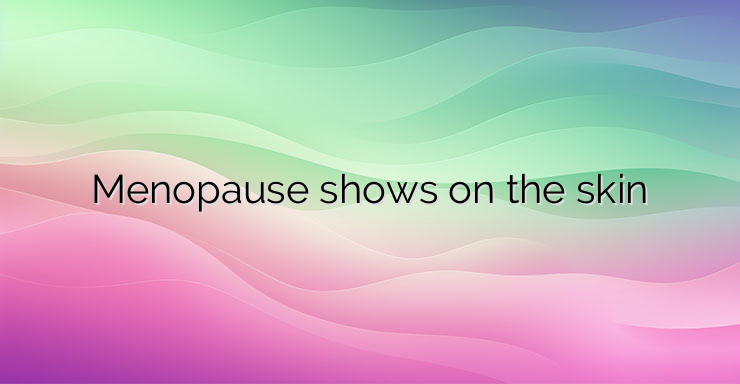Menopause is a complex period that all women go through. It is not only related to the end of menstruation, but also to other changes that occur in the body of the weaker sex. For some women, menopause is much milder than for others. Hormonal changes in the body and a decrease in ovarian activity cause many of the changes associated with menopause. Hot flashes, profuse sweating, increased feeling of heat, especially on the face, appear. The adrenal glands and ovaries of postmenopausal women secrete an increased amount of androgens. When estrogens are not present, these hormones cause symptoms such as hoarseness of the voice, relaxation of the clitoris, and the appearance of facial hair. Many hormonal changes before and after menopause also change the physiology of the skin. The decline in ovarian activity causes her to age. The number of follicles in women’s ovaries becomes much smaller. This leads to a decreased production of estrogen and progesterone, which also affect the health of the skin. Here are a few more skin problems that are seen in menopausal women: Oily skin In women of reproductive age, there is a large amount of estradiol, which stimulates more fluid secretion of the sebaceous glands and prevents acne. As estrogen levels decline during menopause, testosterone produced by the adrenal glands causes more sebum to be produced, which lubricates the skin. Facial Hair Again due to the higher amount of testosterone, some women may develop facial hair, especially in the chin area. It is quite unpleasant, but there are already many modern techniques for its removal. Redness of the skin and wrinkles Estrogen maintains the normal functioning of the fat depots in the female body, but as its levels decrease significantly with menopause, the fat is redistributed. So they concentrate on the abdomen, thighs, buttocks. The fat under the skin of the face, neck, hands is lost and wrinkles form in its place. The skin in these places loses its elasticity. They also reduce the fat in the breasts, which disfigures them and makes them sag. Elastosis Protein synthesis, especially that of collagen and elastin, is partially controlled by estrogens in the body. Their reduced levels reduce the production of collagen and elastin in the dermis of the skin. This is especially noticeable if it is exposed to harmful ultraviolet rays. The loss of collagen and elasticity of the skin is called elastosis. NEWS_MORE_BOX Epidermal Destruction The growth and maintenance of blood capillaries in the dermis is controlled to some extent by estrogens. During menopause, the flow of blood through the dermal capillaries decreases, meaning that the skin has less oxygen and valuable nutrients that keep it healthy. This gradually leads to thinning and destruction of the epidermis. Its barrier function decreases and this causes drying of the skin, redness, irritation.More sun damage Estrogens are responsible for maintaining melanocytes – the cells that produce the pigment melanin. At the peak of menopause, the number of melanocytes in the skin decreases, and so does melanin. Thus, the skin is more susceptible to the sun and can easily burn. Therefore, sun protection for menopausal women is very important. Hyperpigmentation Every self-respecting lady hates age spots. They are due to the regulatory effect that estrogen exerts on melanin production. Melanin synthesis increases in areas of the skin that have been exposed to the harmful rays of the sun over the years. This is due to hormonal changes. This is how brownish spots appear on the skin of the face, hands, neck, chest. Menopause doesn’t just affect the skin. In some women, symptoms such as dizziness, stiffness, palpitations, insomnia, back pain and dry mouth are possible.


Leave a Reply